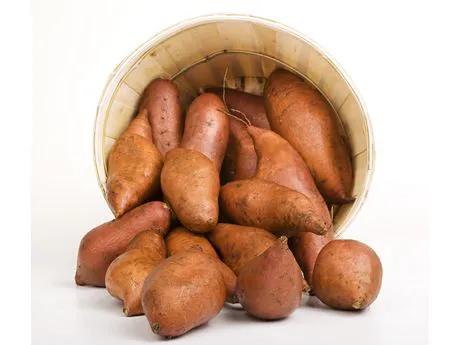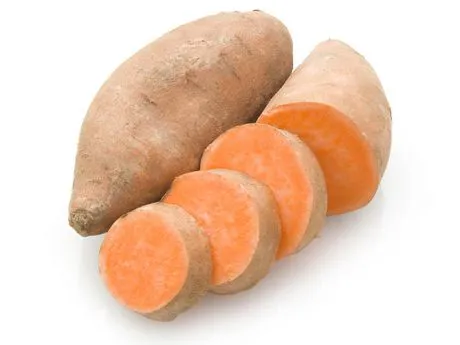 “The US is our primary market,” Michael says. “We started there 110 years ago.” About five years ago, the company took the step towards the European continent, and opened a branch there. Asia and Latin America followed. The largest difference between the American and the European market is the difference in uniformity. “The American market has regional flavour differences, but tends to be more consistent in sizing and food safety standards,” Michael explains. “In Europe, preferences differ per country. You need to know the preferences as regards flavour and sizing for each separate country.” Robinson Fresh is able to provide a wide spectrum of fruits and vegetables, but specializes in 12 categories. A few of these focused areas include exotics, asparagus, melons, organic products and sweet potatoes. “European consumption of sweet potatoes is up significantly, with U.S. sweet potatoes in 45% of UK households. This rise in consumption is partially due to the health benefits and partially due to a better understanding of how to prepare this exotic potato.”
“The US is our primary market,” Michael says. “We started there 110 years ago.” About five years ago, the company took the step towards the European continent, and opened a branch there. Asia and Latin America followed. The largest difference between the American and the European market is the difference in uniformity. “The American market has regional flavour differences, but tends to be more consistent in sizing and food safety standards,” Michael explains. “In Europe, preferences differ per country. You need to know the preferences as regards flavour and sizing for each separate country.” Robinson Fresh is able to provide a wide spectrum of fruits and vegetables, but specializes in 12 categories. A few of these focused areas include exotics, asparagus, melons, organic products and sweet potatoes. “European consumption of sweet potatoes is up significantly, with U.S. sweet potatoes in 45% of UK households. This rise in consumption is partially due to the health benefits and partially due to a better understanding of how to prepare this exotic potato.” Organic and exotics
The organic market is also showing large growth figures. In the US, the sector grows by more than 20 percent annually, Michael notes. “Demand is still in the first stages of development.” Traditionally, the largest market for organic products can be found on the East and West Coasts of the US. Demand is now also starting from the interior of the US. “It is a fragmented market and volumes are smaller. It is definitely difficult to organically cultivate outdoor or in greenhouses,” he sums up a few challenges. Starting a year-round programme is also more difficult, as there are often gaps in supply. “Because we have growers in locations worldwide and offer locally grown supply, we are capable of filling in the gaps,” according to the American.

The exotics segment also shows large differences internationally. The most important products within this category are mango, avocado, lime, guava and papaya. “The flavour profile of avocado is increasingly better understood,” Michael says. There is also much attention for the health benefits among consumers. “In North America, avocado is processed in more various manners, also by restaurants. Demand is increasing because of that.” Compared to that, the European market remains behind. A similar image exists for limes. “The European market is far behind the American one,” Michael explains. “In Europe, limes are often used as garnish, but we also see the product is more and more absorbed into diets.” Asia is an emerging market. “We are making ourselves acquainted with the specific wishes of countries and cities.” Metropolises like Shanghai and Hong Kong are mentioned as promising markets.

Robinson Fresh is a provider that controls the entire supply chain. Customers, including cultivators, wholesalers, retailers and food service companies, can make use of the entire services packet, or just part of it. In the field of transport, shelf life of the products is becoming increasingly important. “We want to better understand how the products are influenced by the supply chain,” Michael says. “For example, we are looking into new techniques that extend the shelf life of the products.”
For more information:
Robinson Fresh
Michael Castagnetto
Michael.castagnetto@robinsonfresh.com
www.robinsonfresh.com
T: +1 952 683 3319
M: +1 831 238 4366
